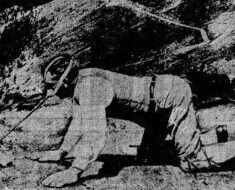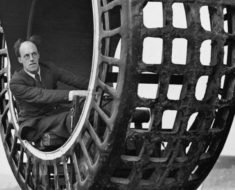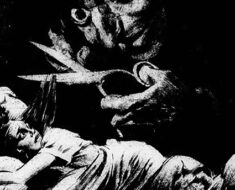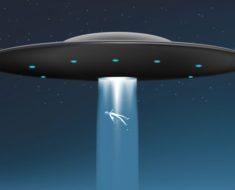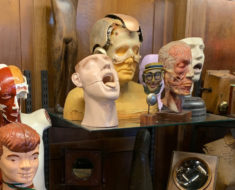The year 1952 was an especially busy one for UFOs. Flying saucers had been making nationwide headlines since 1947 when Kenneth Arnold first reported seeing a group of them soaring over Mount Rainier in Washington. The press ran with his story and based on his description of their movements, coined the term “flying saucer.”
Many similar tales followed over the years (including the Roswell crash just weeks after the Arnold sighting), but reports skyrocketed in 1952 with sightings seemingly occurring all across America—including in Washington, DC, in July, causing panic that an attack may be imminent.
George Adamski, one of the most notable of a group known as the “contactees” claimed to have seen saucers near Mount Palomar in California and met a Venusian man in November. “The beauty of his form surpassed anything I had ever seen,” he wrote in Flying Saucers Have Landed. Adamski would later meet men from Mars and Saturn as well.
Hundreds of cases were being reported monthly. All the hoopla and concern led to the birth of Project Blue Book (which morphed out of earlier government efforts, Project Sign and Project Grudge). Flying saucers even made it to the cover of Life magazine for its April issue, sharing space with Marilyn Monroe.
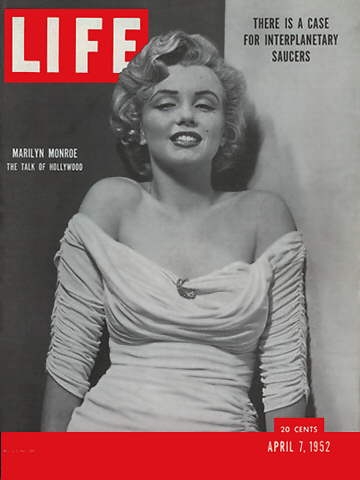
So when a mysterious blast which “rumbled like a freight train” rocked Seattle in May of that year, it was expected that flying saucers would be an early suspect. After all, the blast even included an “eerie blue-white light” at an estimated two thousand feet in elevation, visible from sixty miles away.
A weather observer at the Seattle-Tacoma airport described it as a “sort of lights-on, lights-off thing. It lasted two seconds at most. Everything turned blue.” He also said he had witnessed fireballs plummeting to the ground.
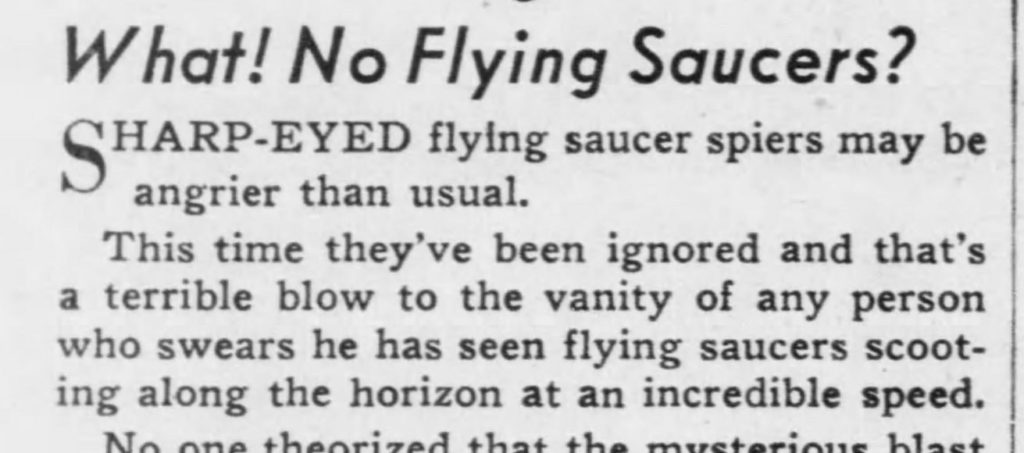
Given everything going on, it certainly seemed like the stuff of saucers. Yet, scientists stepped in quickly with a widely accepted explanation: a meteor had exploded and disintegrated as it entered earth’s atmosphere. The lack of flying-saucer hypotheses was so unusual, that it too was worthy of a story.
As one reporter wrote, “No one theorized that the mysterious blast which rocked Seattle was a flying saucer that had been shorted by a little coffee spilling over and so had exploded” nor had anyone suggested that it might be a “rocket ship from Mars.”
Of course, the explanation for the lack of UFOs may have simply been due to 1952’s busy saucer schedule. Squeezing in a blast over Seattle just might not have fit into the aliens’ agenda.

